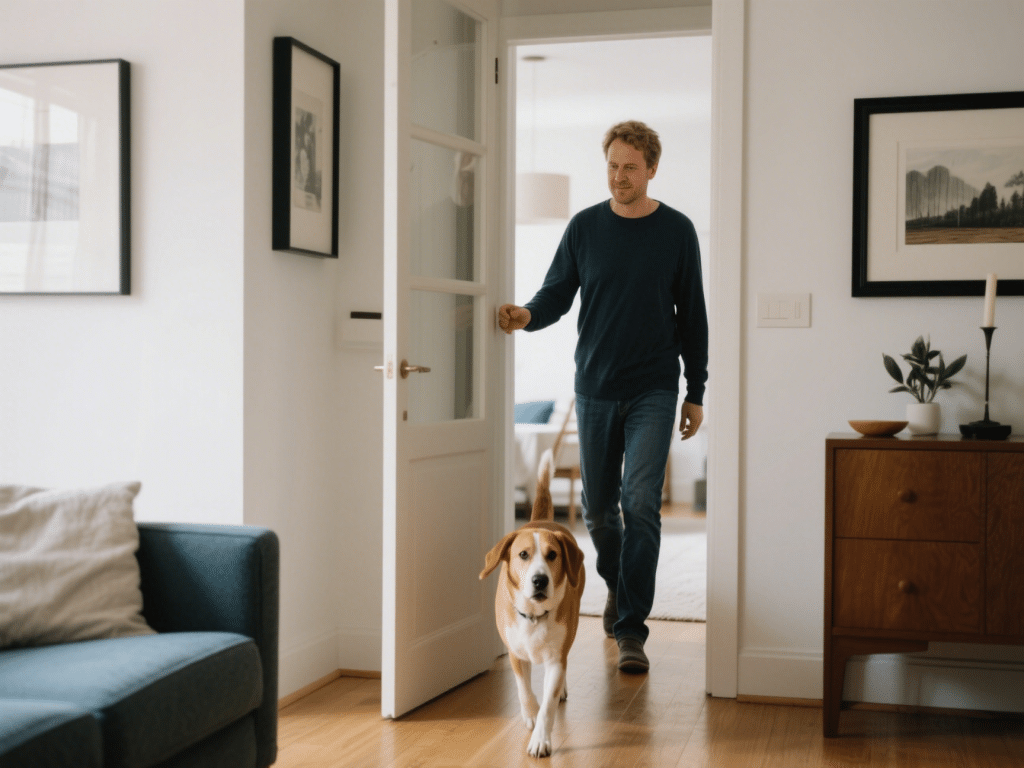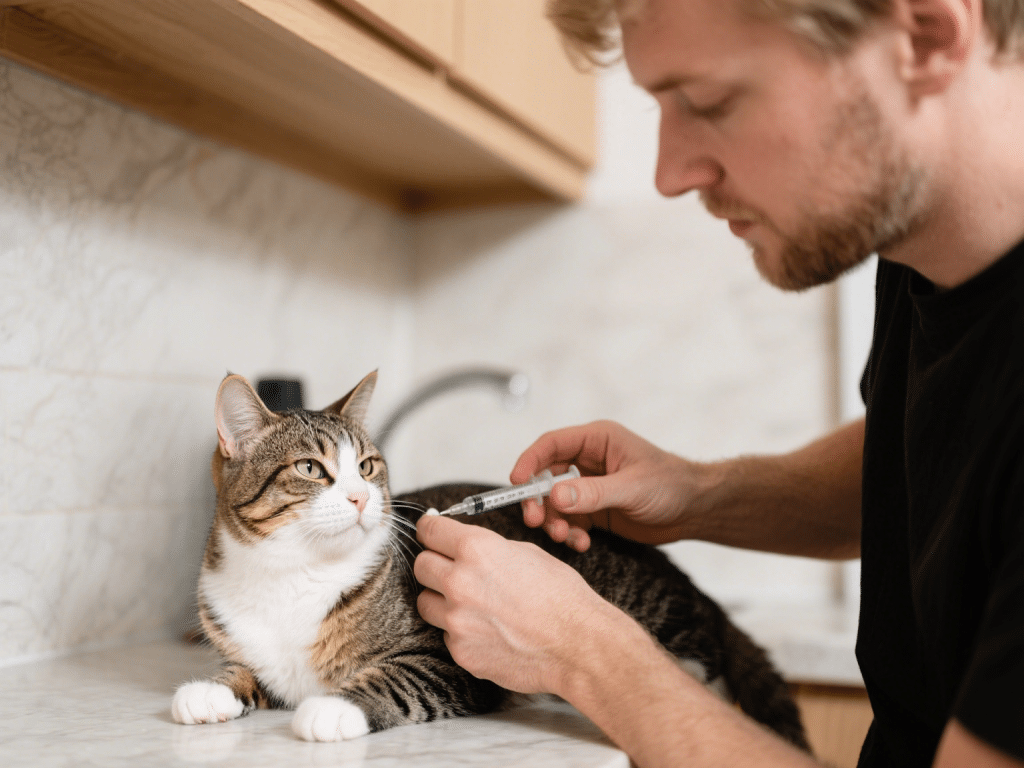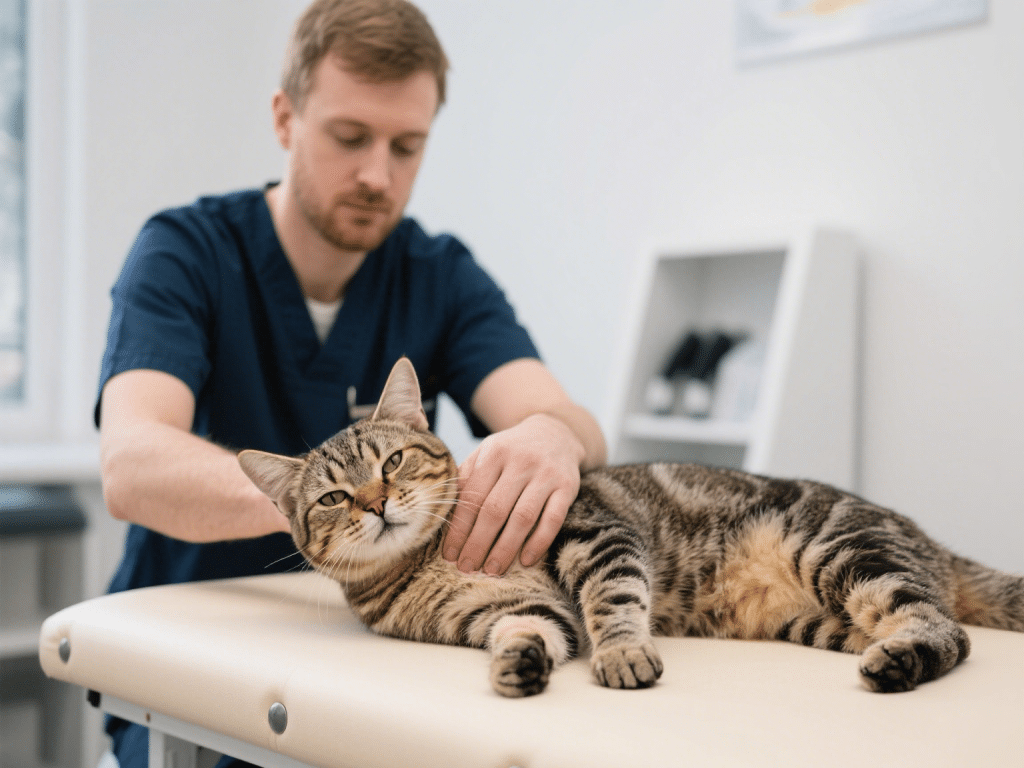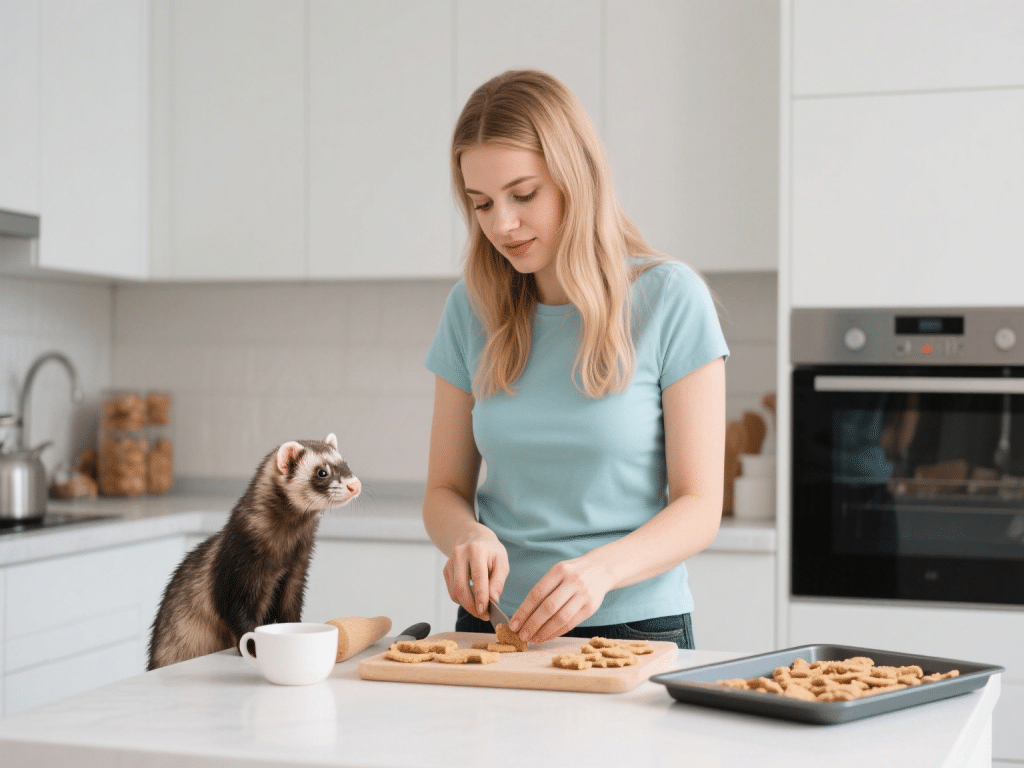Why Your Dog Follows You Everywhere: Psychology Explained

Introduction
Many dog owners notice their pets trailing them from room to room. While endearing, this behavior stems from various psychological factors, including attachment, learned reinforcement, and instinct. Understanding why your dog follows you everywhere helps foster healthy independence and address potential anxiety issues.
1. Evolutionary and Social Instincts
Pack Mentality and Bonding: Dogs evolved from pack animals where safety and resources depended on group cohesion. Following a leader (you) satisfies their social instinct to stay near the pack.
Security and Protection: Seeing you as their provider of food, shelter, and protection, dogs cling close to guard against potential threats. This behavior was advantageous in ancestral environments but can translate to separation anxiety in domestic settings.
2. Learned Reinforcement
Attention-Seeking Behavior: When dogs follow owners and receive positive attention—petting, verbal praise, or treats—they associate trailing with rewards. Over time, the behavior is reinforced, creating a cycle of constant shadowing.
Anticipation of Benefits: Dogs learn that following people often leads to desirable outcomes—food preparation, walks, or playtime. Consequently, they learn to remain nearby to not miss opportunities.
3. Separation Anxiety and Fear
Signs of Separation Anxiety: Excessive following, whining when you prepare to leave, destructive behaviors when alone, or house-soiling indicate underlying anxiety. Such dogs feel insecure without their owner’s presence and may become distressed at separation cues.
Fear-Driven Following: Dogs with past traumatic experiences (neglect, abandonment, or abuse) may develop heightened clinginess as a coping mechanism. Following you reduces perceived risk.
4. Age and Developmental Phases
Puppy Exploratory Behavior: Young puppies often follow their mother’s lead—mirrored by following their human caregiver as a source of comfort. As they mature, independence typically increases.
Senior Dogs Seeking Comfort: Older dogs experiencing cognitive decline or physical discomfort (arthritis, vision loss) may cling to owners for reassurance, guidance, or assistance moving around.
5. Breed Tendencies
Highly Attached Breeds: Certain breeds—Labrador Retrievers, German Shepherds, Border Collies—have strong working and companionship instincts that manifest as shadowing behavior. Sighthounds and hounds may roam more independently.
Herding Breeds and Control: Herding dogs tend to follow to “herd” family members; they view owners as part of their flock, requiring oversight and guidance.
6. Encouraging Healthy Independence
Structured “Alone Time” Training: Gradually desensitize dogs to short separations. Begin with brief departures (1–2 minutes) and return before signs of anxiety. Increase duration over weeks, rewarding calm behavior upon return.
Designated Safe Spaces: Create a comfortable crate or bed area stocked with interactive toys. Encourage the dog to relax there by placing treats or favorite toys inside. Praise when resting calmly.
Mental and Physical Enrichment: Provide daily exercise (walks, fetch) and mental stimulation (puzzle feeders, scent games). A tired and mentally engaged dog is less likely to cling constantly.
Ignore Attention-Seeking Clinginess: When the dog follows for comfort but is calm, reward by interacting briefly. If the dog is insistent (leaning, pawing), stand still or gently guide them away. Only provide attention when they settle.
7. When to Seek Professional Help
Persistent, severe following accompanied by destructive behavior, vocalization, or inability to rest warrants consultation with a veterinary behaviorist. Techniques like counter-conditioning, environmental modification, or anti-anxiety medications may be recommended.
Conclusion
Trailing owners is a complex behavior rooted in evolutionary instincts, learned reinforcement, and emotional needs. While most dogs follow out of affection and security, excessive clinginess may indicate separation anxiety or other stress. By understanding underlying causes and implementing structured training, mental stimulation, and gradual independence exercises, you can help your dog maintain a healthy balance between companionship and autonomy.









Comments on "Why Your Dog Follows You Everywhere: Psychology Explained" :